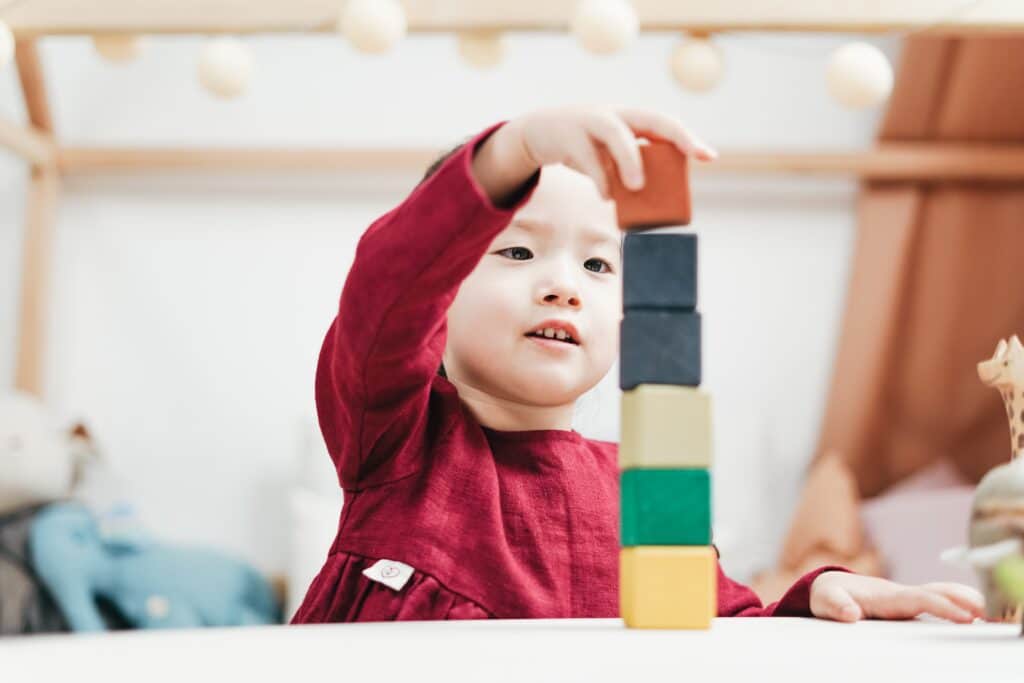Children with Global Developmental Delay (GDD) have difficulty overall in motor, communication, and socialisation. When we understand that the ear is the most connected organ to the brain and the body, we can easily figure out that by stimulating the brain and the body via the ear, it can activate the brain areas involved in movement, language, and overall comprehension within social interactions and sensory regulation.
The inner ear contains two major structures: one is the vestibular system involved in balance, fine and gross motors skills, muscle tone and sensory integration as well as verticality (upright posture). The vestibule senses the slightest movement of the body and passes this information to the brain. The other structure is called the cochlea and has to do with sound discrimination, speech and language which leads to communication and socialisation.
In the initial stage (passive phase), the Tomatis® Method works primarily with the ear, sending music in special contrasts or commonly called as “filters”. This trains the brain to acknowledge the random variation and gain effects from the changes. In the active phase, the subject now provides a tone that is automatically attuned by the device providing what the brain should perceive.
Repetitively, one learns to naturally adjusts to the demands of social interaction. Also, it has a positive effect on the inner ear’s vestibule system and cochlea and cerebral plasticity. The Tomatis® Method is a professional assistance tool that helps with developmental delays in terms of motor skills, cognitive development, language and communication, and emotional regulation.
Being able to provide interventions during the early childhood years is critical. This is because these are the years where the brain is significantly growing and comprehensively developing. In this way, the Tomatis® neurosensory program will be able to make huge impacts for the benefit of your child’s future. Record your observations in our Listening Checklist and write us your concerns!




